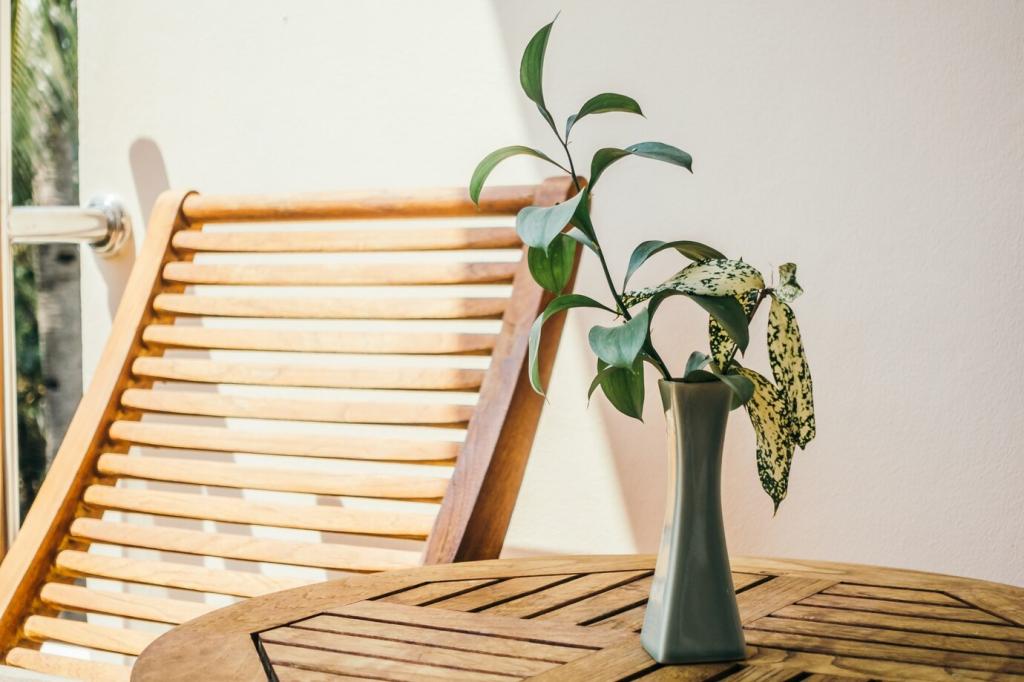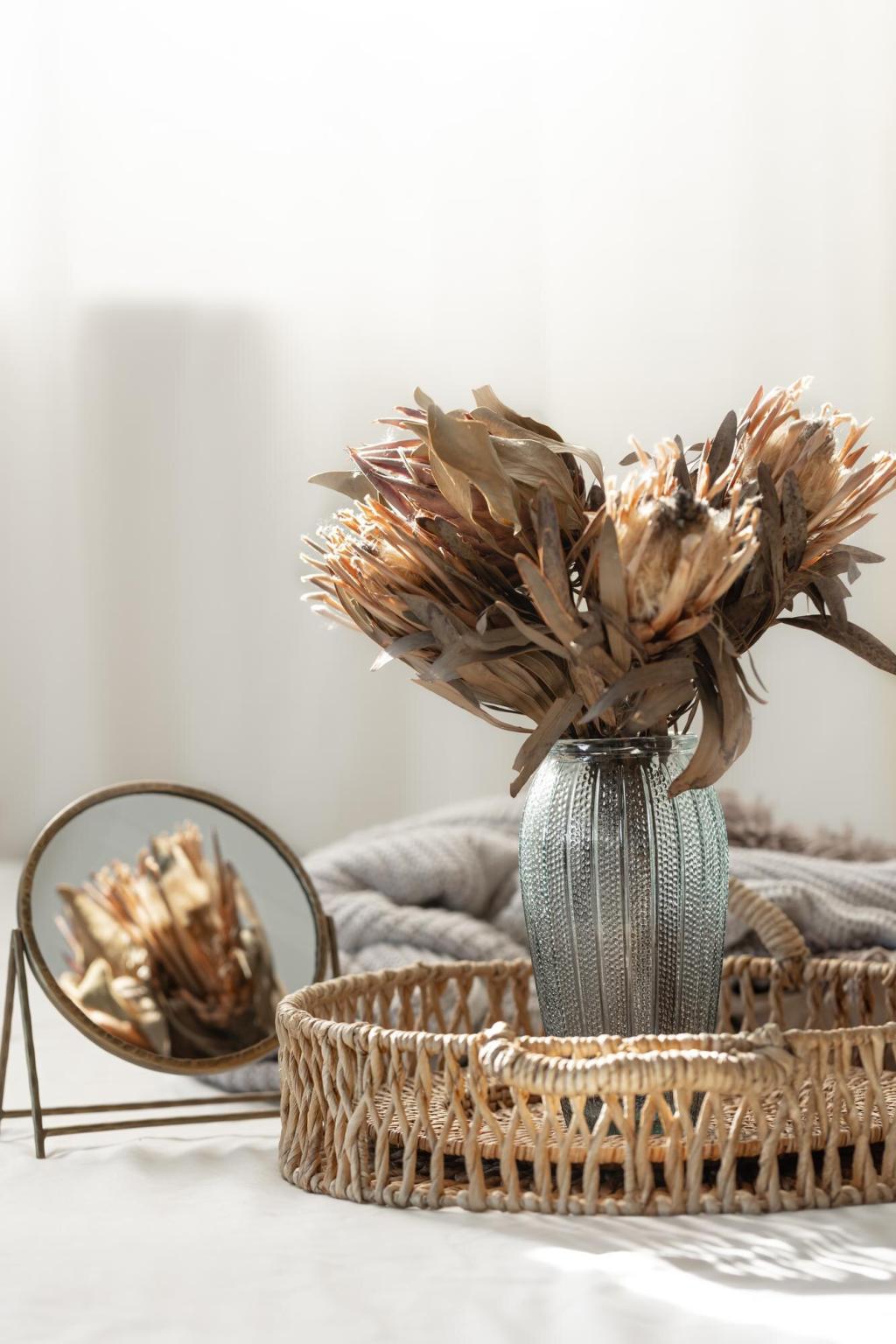Reclaimed and Recycled Surfaces with Soul
Old beams and floorboards carry knots, nail holes, and patina that new wood cannot imitate. We once used gym bleachers to craft a kitchen island; every scratch held a memory. Verify kiln treatment for pests, and finish with low‑VOC oils to highlight character without masking the story.
Reclaimed and Recycled Surfaces with Soul
Composite slabs made from recycled glass create terrazzo‑like counters and vanities with shimmering depth. They are durable, easy to clean, and divert bottles from waste streams. Choose formulations with cement alternatives to lower embodied carbon. Share photos if you have recycled glass accents shining in your home.
Reclaimed and Recycled Surfaces with Soul
Recycled aluminum panels, paper-composite countertops, and PET felt acoustics transform trash into tactile design. These materials often perform brilliantly in kitchens, offices, and studios. Ask suppliers about post‑consumer content and recyclability. Thoughtful detailing and mechanical fasteners make future disassembly and reuse much more achievable.



